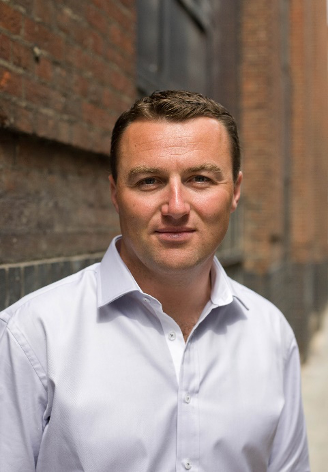Five years ago, coming off the back of ANA’s transparency study, the “Mediapalooza” mass agency review was meant to instigate major change in the advertiser-media agency relationship. But even considering the growing importance of digital media, most models stayed roughly the same and business merely shuffled round to the next agency.
Now with COVID’s effects hitting advertisers and the digital ad market set to overtake traditional media for first time, a second Mediapalooza is building. But can advertisers adapt the model to get transparency and control over digital media this time? Three trends point to an answer.

Digital acceleration
Most advertisers have been on a digital transformation journey over the last few years but at varying speed and with variable results. Most would shrug their shoulders in private in answer to that charge, it’s hard to change a big organisation quickly.
But since COVID, a lot has changed in a very short space of time. Without access to shops, restaurants and face-to-face contact, people’s behaviours have been dramatically different. We have all been living a more virtual existence, and it is one that has been predicted to last far beyond the crisis. This makes sense, if you are buying groceries, shopping for clothing, and banking online for the first time, and finding out how convenient it is, you might not go back.
So, brands’ well laid out plans for becoming more digital entities over the next 3-5 years based on consumers’ adoption of digital have been ripped up. Internal inertia has gone out the window because in many cases it’s life or death. Many businesses have had to do in the next quarter what was slated for the next two years, Microsoft CEO Satya Nadella summed it up well “We’ve seen two years’ worth of digital transformation in two months.”
So, advertisers have been following their customers as quickly as possible. Changing to a more digital offer, with the media mix shifted from offline to online, and more focus on the data needed to track buying trends.
A marketer at a retailer recently spoke about their team celebrating the end of lockdown because the stores could reopen, so people could get back to buying in person. The marketer was sceptical, “we don’t want them to go back to the stores, we’ve developed a better way of servicing them online.”
The world’s largest incrementality test
As the COVID crisis hit, the immediate reaction for advertisers was to turn everything off. It was the only choice considering there was no insight into what people wanted, the creatives were all wrong, and there was little certainty on if orders could even be fulfilled. However, this mass blackout has given advertisers an opportunity.
Most marketers never get to see what happens when they stop all advertising. Some of our clients haven’t had a complete stop in 25 years. The media mix tends to be built up organically over a long time, bringing with it assumptions and expectations to what different channels and campaigns achieve. Turning off all media has given advertisers a unique opportunity to build up again with no preconceptions, zero based budgeting for media.
This information is giving the tools to re-evaluate the media mix from top to bottom.
Marketers are finding answers to long ruminated over questions like, does our TV spend really drive ecommerce sales and what impact is paid search actually having? And it’s producing unexpected results. We’ve seen clients turn off paid search expecting a dramatic fall in sales only to find that their sales from organic search has immediately picked up the slack. It’s shown the true impact of channels, giving advertisers the ability to reassess their importance and how they need to be incorporated into their media model.
Time spent on the big picture
The crisis has also given marketers breathing space to tackle big ticket items that always fall by the wayside when we are working at full throttle. Marketers have had projects on the backburner for years, some of which are huge problems that they have been wary of addressing for fear of harming sales.
Now these barriers are now gone, we are having very different conversations with advertisers than before, and often at a much higher level. On topics that have never been centre stage, like tackling measurement, updating their tech stack and primarily, the media operating model.
Advertisers have known for a long time they are too reliant on agencies but have had little time to stop and plan what’s really right for their business going forward in to a more digital future. Advertisers are using this crisis to reappraise their media model, so we are seeing lots of advertisers going to pitch now with briefs seeking more hybrid or in-house ways of working.